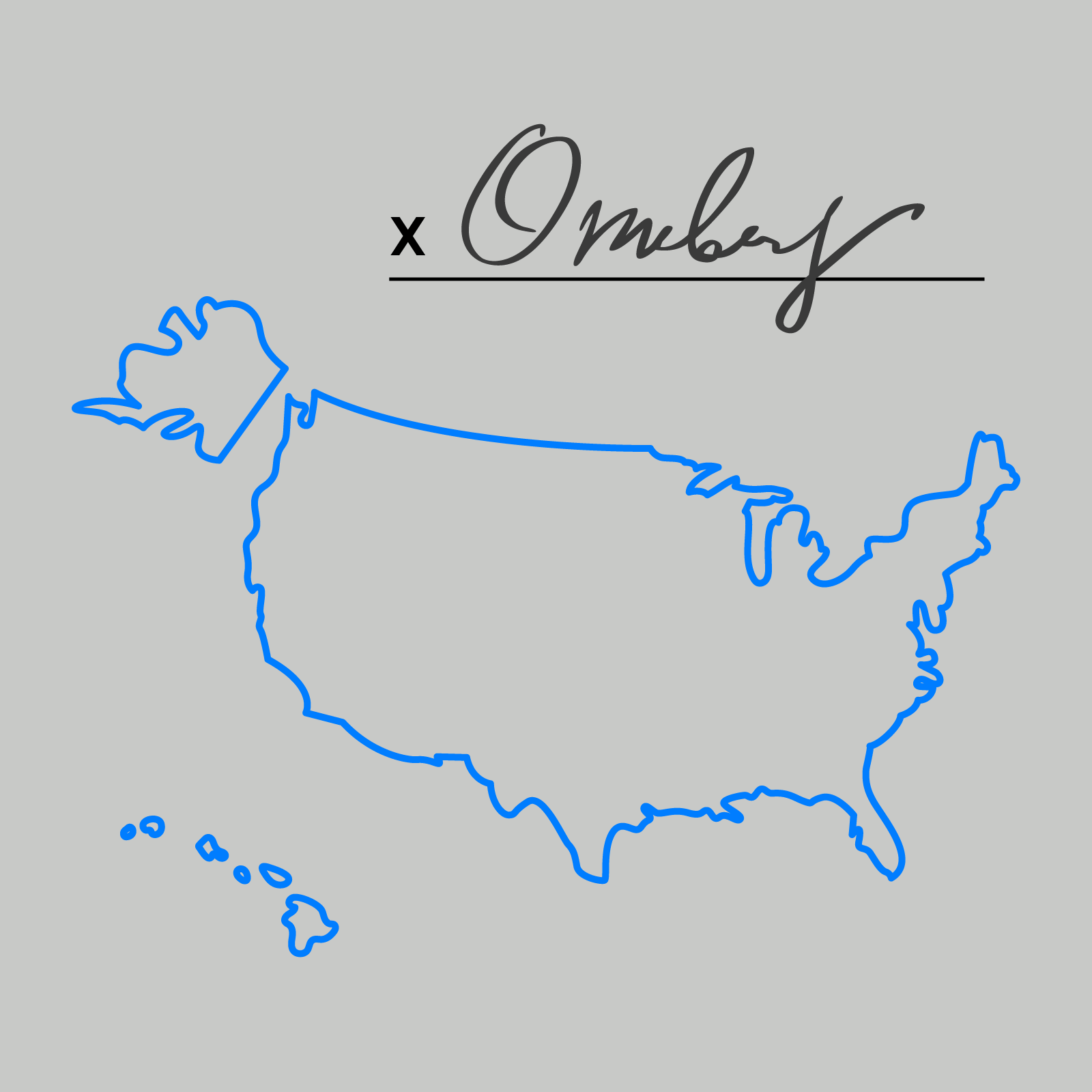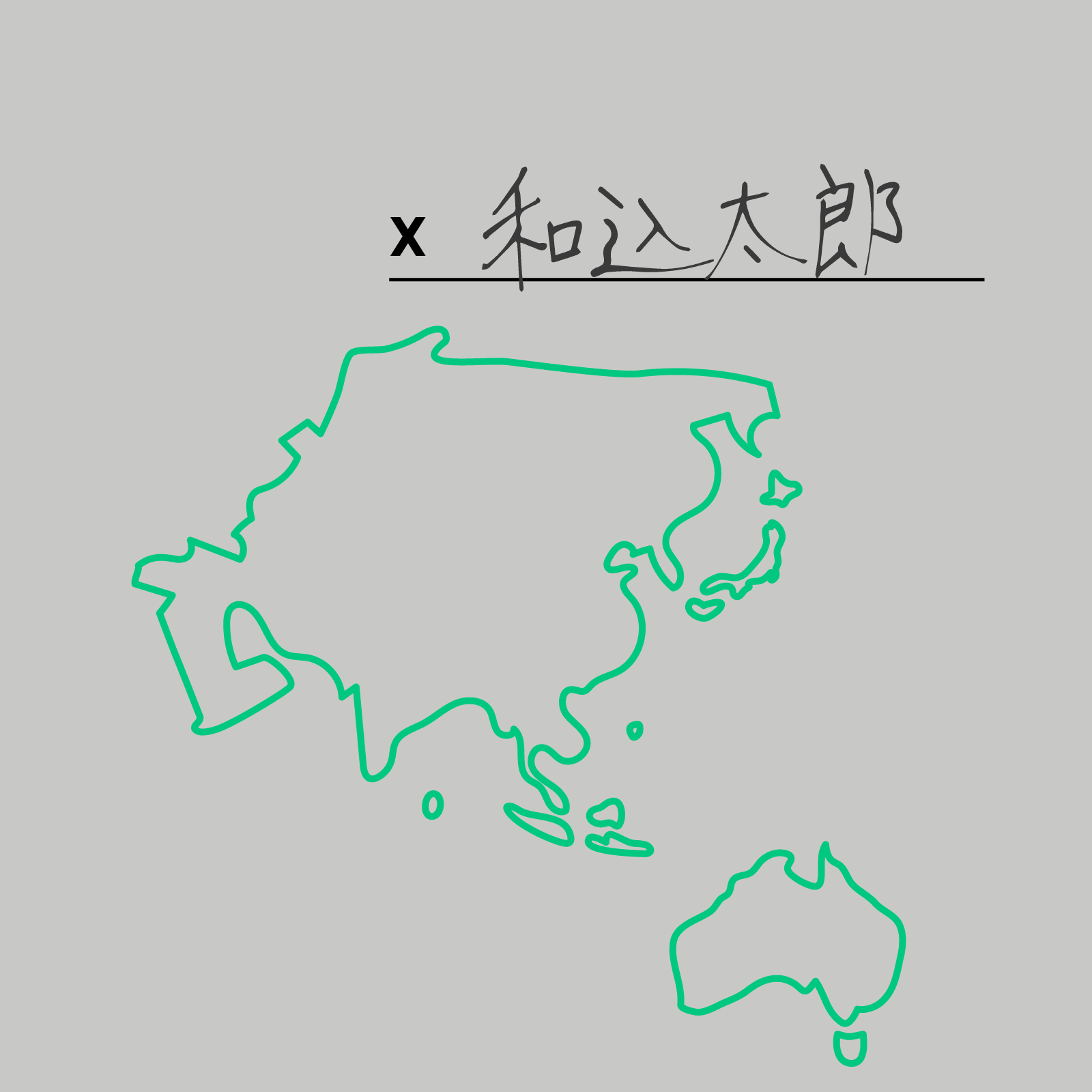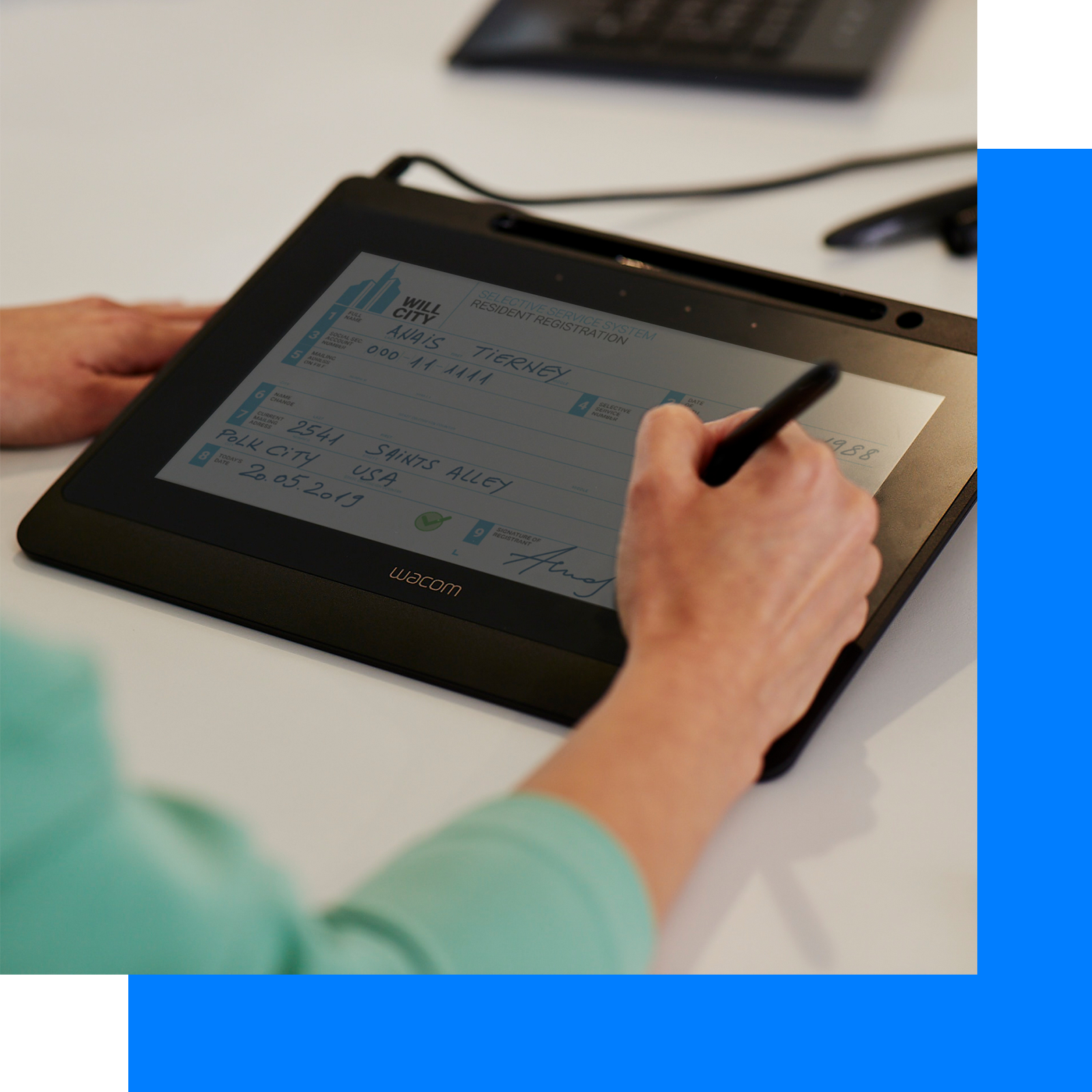
Handwritten Electronic Signatures
Legally Binding
What Makes a Signature Legally Enforceable?
Wet Ink Signatures
The original, pen-on-paper signature has a long legal history across the world. It has been a universally accepted method of confirming intent and consent for centuries. Different countries have their own regulations, but most utilize similar basic guidelines about what makes a signature enforceable in a court of law.


Electronic Signatures
In most counties, an electronic signature has been determined to have the same force of law as a wet ink signature. The requirements shown above remain valid but many jurisdictions have identified additional requirements.
For an electronic signature to be valid it must:
- Clearly demonstrate consent - Customers must take an action to opt-in or agree. An opt-out is not sufficient.
- Display the terms they are agreeing to in a format the customer can read and understand.
- Ensure signers have copies of all documents and disclosures, including the agreement to do business electronically.
- Prevent document changes after signing and maintain an auditable document history.
- Verify the signer's identity.
While the specifics of the law regarding electronic signature will vary by country, it is clear that electronic signatures, including handwritten electronic signatures, are a legally binding way to provide agreement, consent and to transact business both online and off.
eSignature Laws from Around the World
-
United States
-
Europe
-
Asia
ESIGN & UETA

eIDAS
Taking effect in 2014, the electronic Identification, Authentication and trust Services (eIDAS) is an EU regulation for electronic transactions and trust services, including electronic signatures.
eIDAS confirms that electronic signatures are admissible in court and cannot be denied validity simply based on the technology used to capture them.
It goes on to establish three categories of electronic signatures, where each one offers increased security and legal protection.
- Simple Electronic Signatures
- Advanced Electronic Signatures
- Qualified Electronic Signatures
Wacom's eSignature solutions meet European requirements for a valid electronic signature, and can be used as part of an overall qualified electronic signature implementation.1
1Reference: https://silo.tips/download/wacom-esignature-solutions

An Overview
Throughout Asia there are a range of eSignature regulations, depending on the country. Here is a quick overview of:
1) Japan - eSignatures are governed by the Electronic Signature and Certification Business Act of 2000. This law creates a two tiered system for electronic signatures with some transactions requiring an additional level of certification by a government approved entity.
2) China - eSignatures are governed by the Electronic Signatures Laws of the People's Republic of China. This law enshrines the validity of electronic signatures but does not provide parity with wet-ink signatures in most cases.
3) South Korea - eSignatures were legalized in 1999 via the Digital Signature Act and updated with the Korean Electronic Signature Act. These laws establish that signatures cannot be dismissed simply for being captured electronically.
4) Australia - eSignatures are governed by the Electronic Transactions Act of 1999 which gives parity between wet-ink signatures and electronic signatures for most uses with the exception of citizenship and migration.

Why Use Handwritten Electronic Signatures?
As we can see from the laws above, not all eSignatures are created equal - so why use handwritten electronic signatures?
Handwritten electronic signatures combine the best aspects of pen-on-paper signatures with the advantages of a totally digital workflow.
They allow users to:
- Utilize a familiar and intuitive method of consent by physically placing their signature onto the document they are authorizing.
- Read and annotate the entire digital document before signing.
- Capture data throughout the signing process including pen data, unique device IDs and location information for a robust audit trail.
- Validate a signer's identity using biometrically accurate signature verification tools.
With a handwritten electronic signature, organizations can simplify their workflow, keep documents digital, and still provide an intuitive user experience for customers.

"Handwritten signatures remain the most intuitive and legally valid way for people to provide their consent."
-Nacho Alamillo, Doctor of Law

Need more help?
Contact Us
Whatever your needs
Talk to an expert
